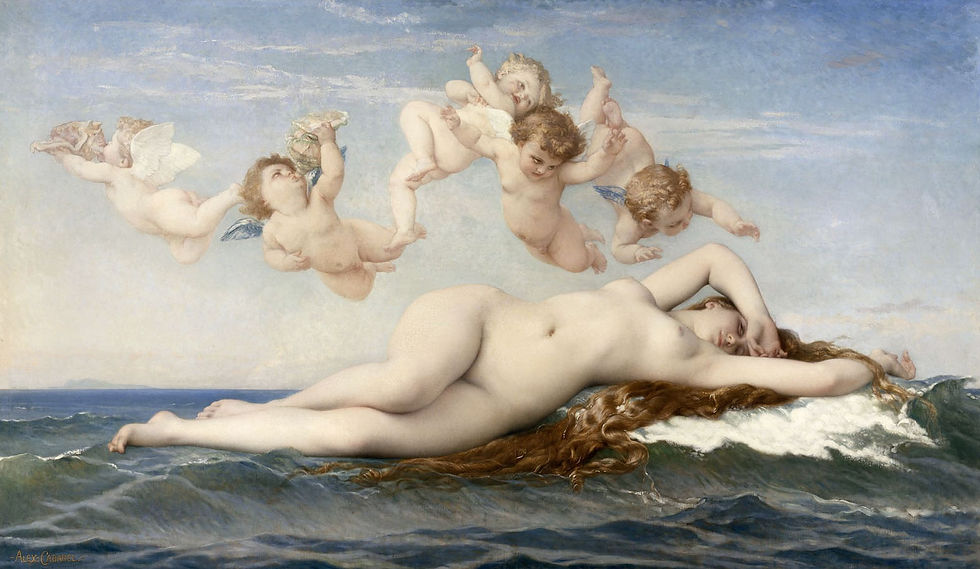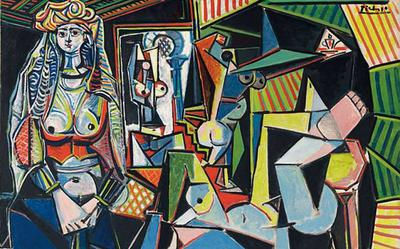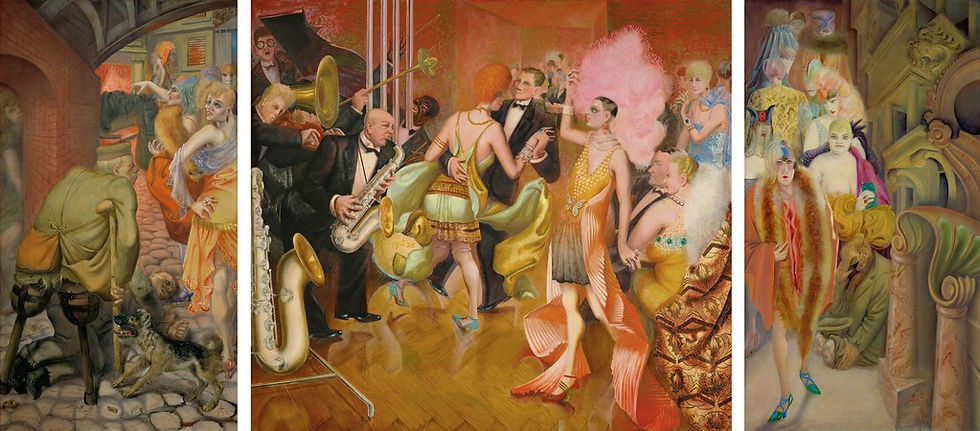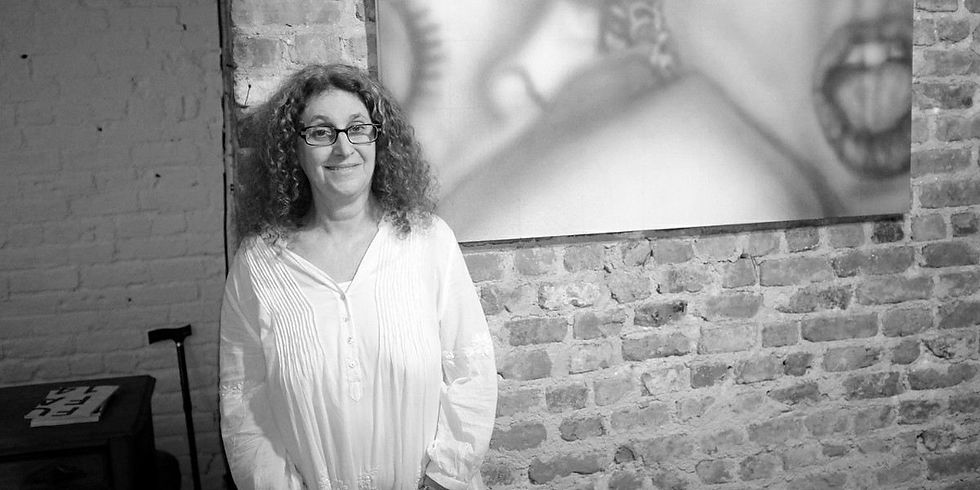Modigliani and the radicals of La Belle Époque: The triumph of the female nude over censorship
- Andrew McIlroy
- Apr 26, 2018
- 4 min read

Certainly the artist is not alone in being drawn to the naked woman in repose as a source of inspiration, or lust. But nothing arguably has held their attention more through the centuries. Yet often cloaked in secrecy, the nude in art has at times remained hidden from view by enthralled artists and their patrons, at risk of drawing the ire of moralists, censored on the grounds of obscenity, or even destroyed.
So just how far have we come? Is the nude form still to be concealed at the risk of offending some passer-by or is it reaching new heights in value.
"Nu couché (sur le côté gauche)" (1917) by the Italian artist Amedeo Modigliani survived such controversy to now emerge from private hands to be auctioned by Sothebys in New York next month, with a record pre-sale estimate in excess of $150 million. In the context of a booming global secondary art market, Modigliani’s painting is likely to sell for much, much more, confirming beyond doubt the female naked form’s lasting appeal.

Sotheby's unveils "Nu couché (sur le côté gauche)" in Hong Kong ahead of its May Auction
Modigliani’s work was controversial from the outset. His first exhibition of a series of overly erotic nudes in 1917 at Paris' Berthe Weill gallery was shut down within hours of opening it is said because a high-ranking police officer was offended by the models' pubic hair.

Amedeo Modigliani (1884–1920)
To our taste today, Modigliani's unshaven women are hardly so repugnant. In fact, his compositions with their elegant poses owe much to more sedate classicism. Yet, in rejecting the traditional smooth-skinned nudes of his predecessors, Modigliani was seen to be tearing at the existing social order - and in this, he was not alone.

The reclining nude in Classicism, La Naissance de Vénus by Alexandre Cabanel (1823-1889)

Women of La Belle Époque, Paris
Modigliani was part of a radical group of Belle Époque artists, wanting to subvert cultural conventions, and what better way of doing this than forcing people to confront how they see themselves.
Some painters, like Modigliani did it by being true in their portrayals, others, like Picasso, ripped the body apart and re-constructed it for a modern world. The nude had become the subject of choice for artists wanting to provoke and challenge the social order.

Pablo Picasso, Les femmes d'Alger (Version "O")

Amedeo Modigliani, Pablo Picasso and André Salmon
And central to this new social order was the way in which women were fast growing in confidence, independence and power as the world emerged from The Great War. As women’s perceptions of themselves changed it was evident that they too were becoming overtly more sexual, troubling the male norms of the times - making Modigliani's nudes and those of his contemporaries ever so more shocking.
So it is said began a golden era of the nude in Western art, though not without censorship. In 1912, Austrian painter Egon Schiele, spent 24 days in prison convicted of immorality relating to hundreds of sketches of the naked form, and artists George Grosz and Otto Dix were both brought to trial for obscenity in the 1920s.[1]

Otto Dix, Metropolis (1928)
Others preferred self-censorship over prison. René Magritte's "The Rape" was concealed behind a velvet curtain when it was first exhibited in Brussels in 1934, with only Surrealist sympathizers permitted to see it.[2]
Yet for all their trouble with censorship, these male artists’ nudes were ultimately applauded as sexually brave, raw and unconstrained. The same regrettably cannot be said of the work of the women artists who followed, and who it seems failed to benefit from any burgeoning female autonomy.

René Magritte, The Rape (1935)
In the 1960’s, feminist artists began to represent the nude from a female perspective, reflecting a woman's sexual desires. Artists like Joan Semmel, Judith Bernstein, Dorothy Iannone, Betty Tompkins, and Anita Steckel appropriated pornography, albeit with the intention of promoting a different narrative to the sex industry at the time.
Inevitably censorship followed, with a devastating effect on their careers.

Joan Semmel, Le nu même pour les nuls ... ou et Dieu souhaita qu'on les dévoilât

Dorothy Iannone, The next great moment

Betty Tompkins
Surprisingly, for these female artists, their bullish responses and confrontations with the law did not lead to notoriety - unlike their male counterparts - but obscurity, with some ceasing to exhibit altogether.
But the place of these revolutionary female artists in art history and beyond is today being rethought. These women are largely credited for how we see sex across media today. The nude figure in its many guises has survived censorship to become the embodiment of sensuality, sexuality and desire and our innate human desire to act out against repression.
It may be some time yet before that recognition translates into the record prices we are seeing for the works of their male contemporaries like Modigliani.
"Modigliani" is on display at Tate Modern until 2 April, 2018.

Amedeo Modigliani, Reclining Nude (1919)
[1] Janneke Heeres, The influence of the First World War on German art and film, Utrecht University, 2014
[2] ibid
Main photo: Amedeo Modigliani, Nu couché (sur le côté gauche) (1917)
Andrew McIlroy is a visual artist living and working in Melbourne, Australia



Comments